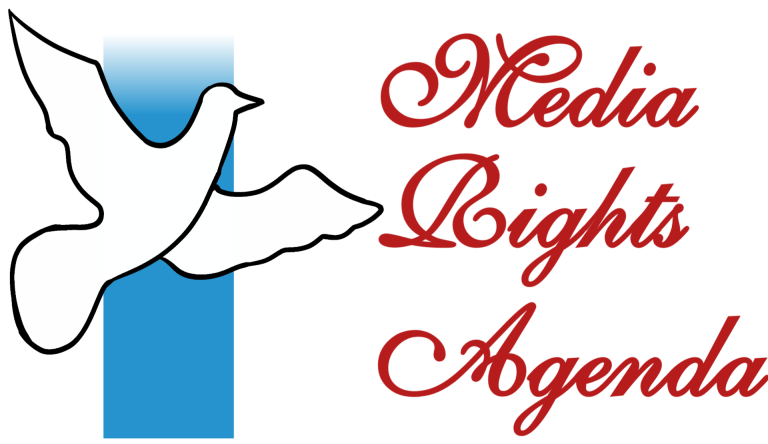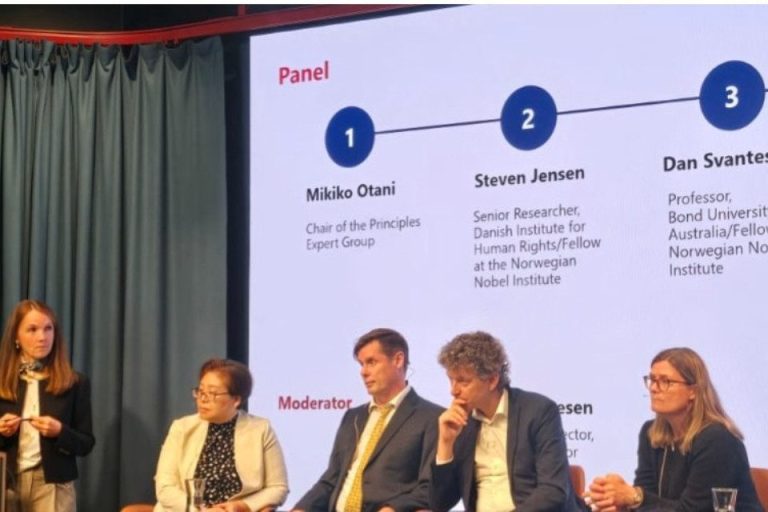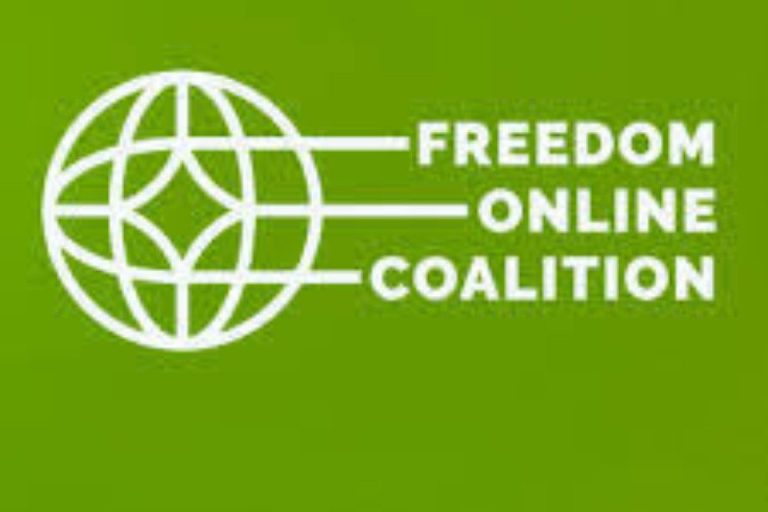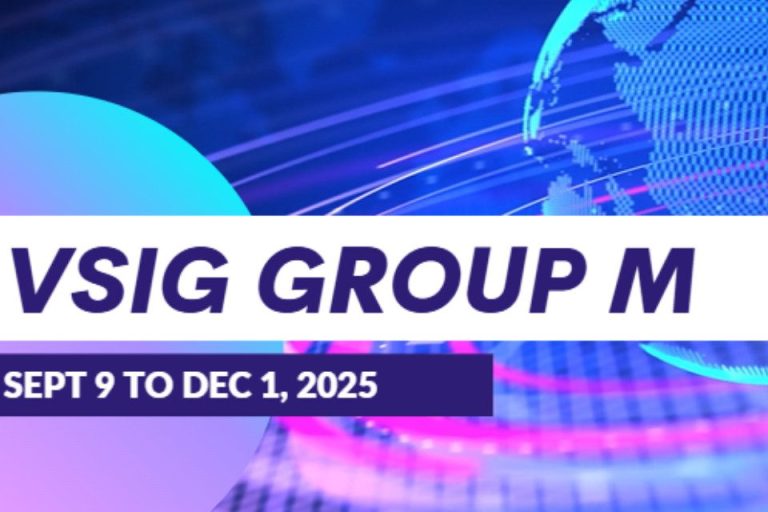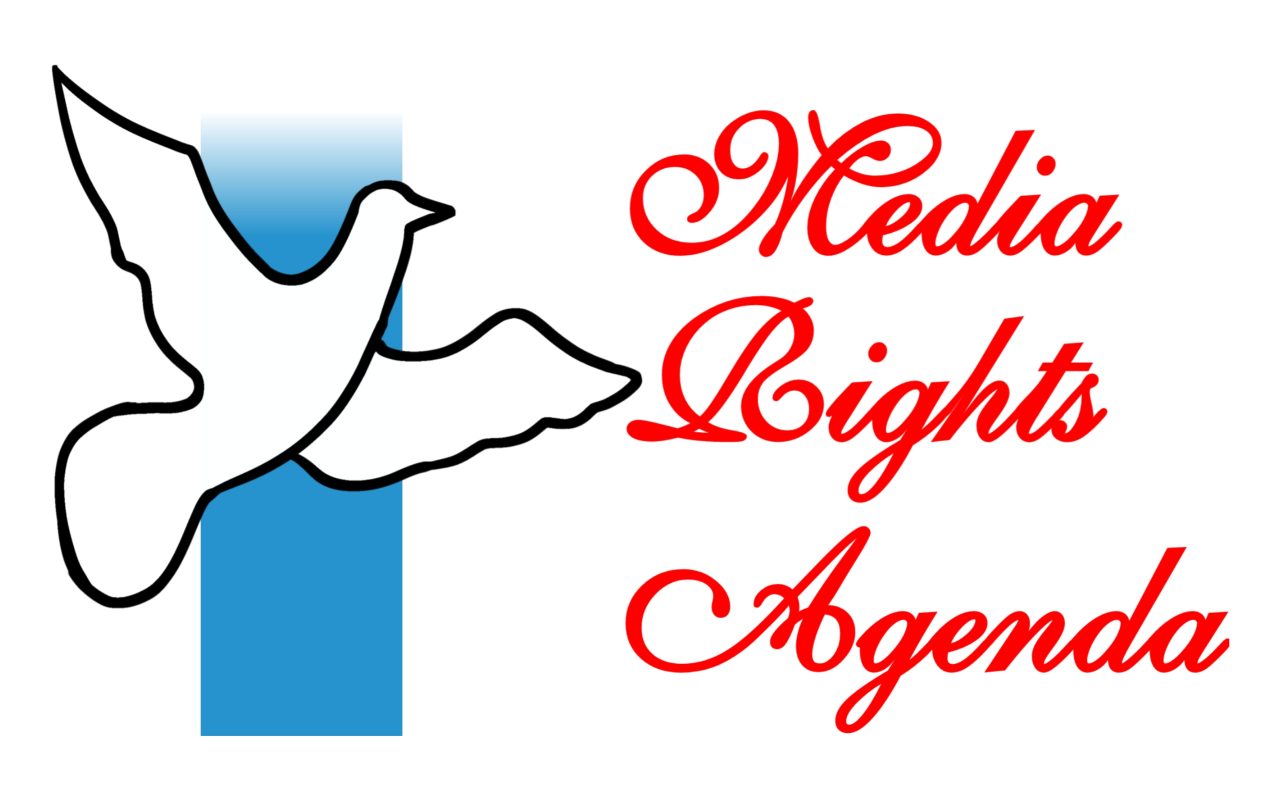A single volume containing two research reports written by eight authors titled: Misinformation Policy in Sub-Saharan Africa: From Laws and Regulations to Media Literacy examines the ‘teaching of different forms of media literacy’ in sub-Saharan Africa, and their potential for reducing susceptibility to misinformation and makes recommendations for tackling the misinformation scourge.
The report is one of four series of reports to be published by CAMRI (the Communication and Media Research Institute) at the University of Westminster. The series explore, on the one hand, the types, drivers and effects of misinformation spread in sub-Saharan Africa today, and, on the other hand, three approaches to reducing associated harms including: fact-checking, changes to the legal and regulatory framework for media and information, and media or misinformation literacy.
The first report examines the teaching of ‘media literacy’ in state-run schools in seven Sub-Saharan African countries as of mid-2020, relating to misinformation. It explains the limited elements of media and information literacy (MIL) that are included in the curricula in the seven countries studied and the elements of media literacy related to misinformation taught in schools in one province of South Africa since January 2020.
The authors propose six fields of knowledge and skills specific to misinformation that are required in order to reduce students’ susceptibility to false and misleading claims. The fields of knowledge it identified are:
- knowledge of the contexts – social, cultural, economic, political, informational and events – in which false and accurate information are produced
- knowledge of the types of people and institutions found to create false and accurate information, their different motivations and the skills to identify those who produce specific information online
- knowledge of the difference between facts and opinions, the different ways information can mislead and the skills and practices to distinguish accurate and inaccurate information
- knowledge of the processes by which accurate and inaccurate information circulate and what drives people to share information
- knowledge of the reasons we as individuals may believe false or misleading information to be true
- knowledge of the different forms of actual and potential harm caused by believing and sharing false and misleading information
Identifying obstacles to the introduction and effective teaching of misinformation literacy, the authors make five recommendations for the promotion of misinformation literacy in schools, to reduce the harm misinformation causes.
The second report examines changes made to laws and regulations related to ‘false information’ in eleven countries across Sub-Saharan Africa between 2016 and 2020 from Ethiopia to South Africa. It examines the terms of such laws against what is known of misinformation types, drivers and effects.
It also assesses the likely effects of punitive policies and those of more positive approaches that provide accountability in political debate by promoting access to accurate information and corrective speech. In contrast to the effects described for most recent regulations relating to misinformation, the report identifies ways in which legal and regulatory frameworks can be used to promote a healthier information environment.
The report makes recommendations for governments, public figures and institutions, education and curriculum authorities, media leaders, fact-checkers, library associations and others concerned by misinformation and researchers of education and misinformation.
For governments, public figures and institutions, it recommended that they must set social norms of neither originating nor spreading false information; and to reduce the harm caused by misinformation, they must fund public education, and provide high-quality teacher recruitment and training, making media literacy and misinformation literacy part of the teacher training curriculum.
The report recommends for education and curriculum authorities, introduction of misinformation literacy themes into primary and secondary school curricula featuring six domains of misinformation knowledge and skills namely: its context, patterns of creation, content, circulation, consumption and consequences.
It also advised education and curriculum authorities to liaise with subject experts ranging from educationalists around the world to non-partisan fact-checking initiatives and misinformation researchers to ensure the new curriculum theme remains up to date, and to introduce assessment of misinformation literacy at key stages through the student’s progress with benchmarks of misinformation literacy knowledge and skills for different ages.
It recommended thatmedia leaders, fact-checkers, Media Literacy and Library Associations should provide greater transparency about the processes by which they verify the accuracy of information they publish or broadcast and admit any mistakes they make openly and honestly. It also urged them to work with educational authorities to identify the knowledge and skills, particular to each country, required by students to reach media literacy.
The report also recommends to Social Media, Messaging and Search Platforms to develop and strengthen misinformation literacy messaging on their platforms, using the six fields to enable and encourage users to carefully consider the accuracy of information, its source of origin and its potential effects before it is shared. It also recommended that the platforms provide funding support for independent media, fact-checking organisations, media literacy centres and library associations that can provide essential support to the work of educational authorities on misinformation literacy
For researchers into education and misinformation, the report recommends they review and test the definitions and arguments of effects proposed in this report.
The full report can be downloaded from HERE.
